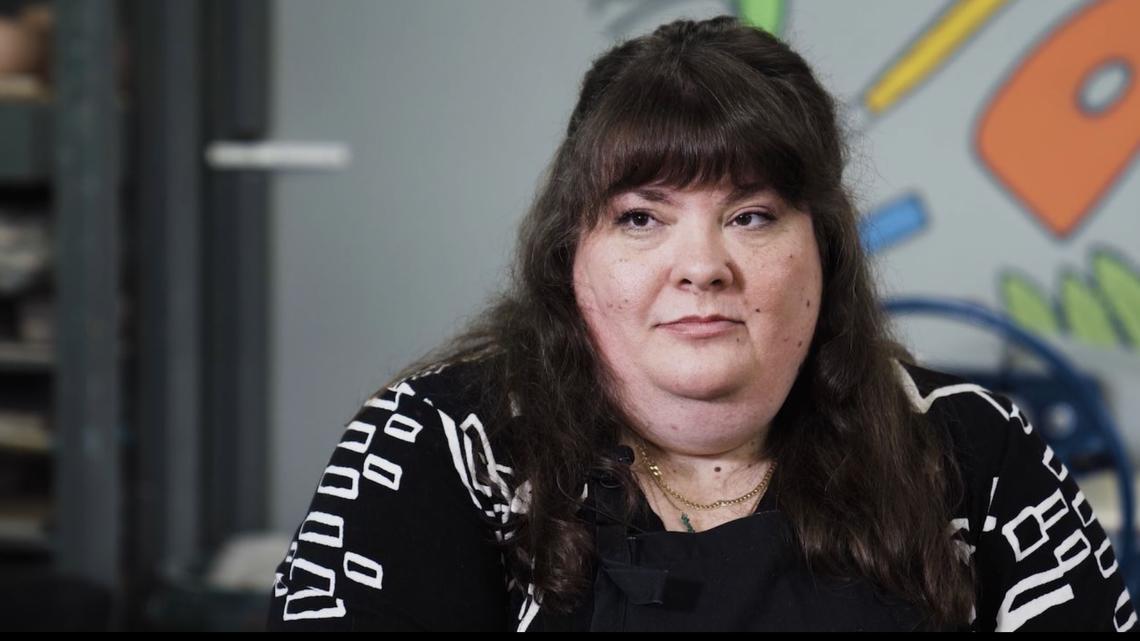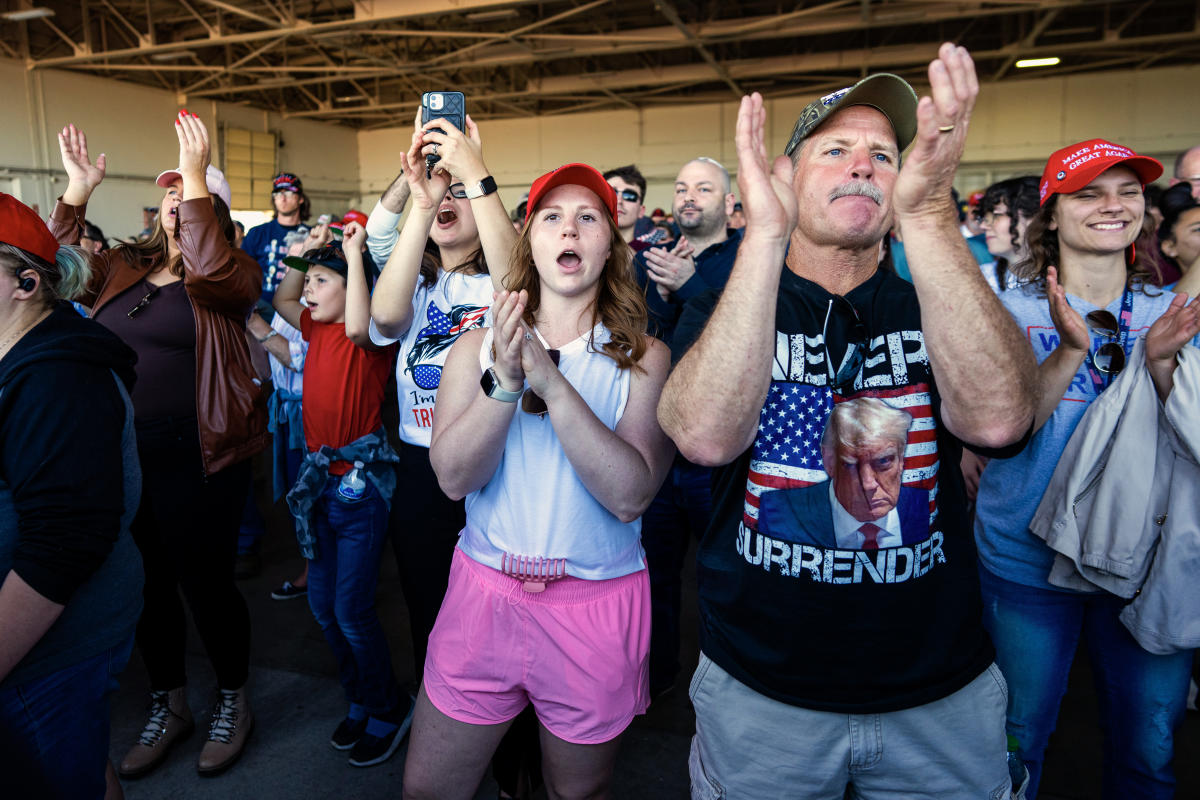Critics Debate the Intersection of ‘Civil War,’ Election Stress, and Political Art

Exploring the Political Art of “Civil War” and Other Films
The current political climate in America is tense, with divisions deepening and the upcoming presidential election stirring up anxiety among the populace. In the midst of this turmoil, the film “Civil War” has emerged as a controversial and thought-provoking piece of art that has sparked intense debate.
Directed by Alex Garland, “Civil War” has broken records with its box office success, but it is the film’s ambiguous political stance that has drawn the most attention. Set in a near-future America with a fascist president in power, the movie follows the conflict between the Western Forces and a secessionist alliance of California and Texas. However, the lack of clarity on the battle lines and ideological coherence has left many viewers questioning the film’s message.
As the country grapples with uncertainty and polarization, the need for moral clarity and direction in art has never been more apparent. Some critics argue that “Civil War” falls short in addressing the current political and social realities, opting for a vague anti-war position instead. In a time when the state of the nation is in flux, the film’s reluctance to name the evils it portrays has raised concerns about the role of political art in shaping public discourse.
Despite the criticisms, “Civil War” serves as a reflection of the turbulent times we live in, capturing the insurgency and polarization that define contemporary America. As the film industry grapples with the challenge of creating politically relevant art that resonates with audiences, the debate over the role of art in shaping political consciousness continues to evolve.
In a landscape where economic motives often influence the content of mainstream political art, there are still works that confront the harsh realities of modern society head-on. Films like “Earth Mama” and “The People’s Joker” delve into the racial and socioeconomic layers of contemporary issues, offering a more nuanced and unapologetic exploration of politics in art.
Ultimately, the power of political art lies in its ability to provoke thought, challenge assumptions, and spark conversations about the world we live in. As the country grapples with uncertainty and division, the role of art in shaping political consciousness remains as vital as ever.


